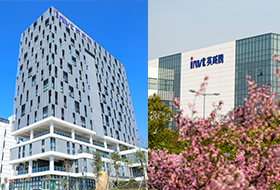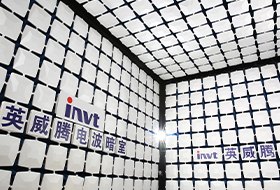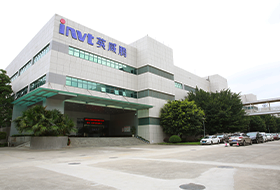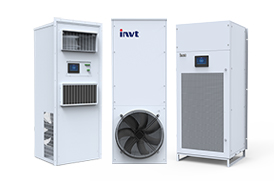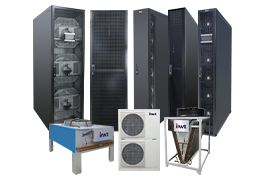The pros and cons of wind power for data center sustainability
Wind energy seems to be a good source of energy for data centers. In many ways, it is. But wind power also has some disadvantages, including but not limited to the fact that wind power is often intermittent. Therefore, before turning to wind to power your data center's renewable energy strategy, it is important to understand the pros and cons of this power source. Read on to learn more about when it makes sense to rely on wind for data center energy, and when it doesn’t.
Advantages of wind power for data centers
Wind power has some unique advantages over other renewable energy sources that power data centers.
First, wind power is much more efficient than the other main source of renewable energy for data centers: solar energy. You would need to install nearly 50,000 solar panels to produce the same amount of energy released by a single standard wind turbine.
Wind energy, on the other hand, is capable of generating electricity at any time of the day as long as there is wind, while solar energy only works during the day when the sun is shining.
In addition to this, since wind energy generates electricity, it provides a universal energy source that can power IT equipment and cooling systems. Wind energy has advantages over geothermal energy, which is typically used by data centers only for cooling purposes. Geothermal power is also possible, but it would require building a geothermal power plant, which is much more expensive than installing wind turbines.
Limitations of wind power in data centers
Wind power in data centers is not perfect. Perhaps the most obvious disadvantage of wind energy is that wind is intermittent and unpredictable. This is one reason why wind and other renewable energy sources are often insufficient to power data centers entirely on their own.
Wind turbines also often have to be installed in remote locations for several reasons. First, real estate in highly developed areas is often too expensive to serve as practical sites for wind farms. Second, winds tend to be stronger in rural areas, where man-made structures are not major obstacles to water flow.
In addition, wind turbines are noisy and unsightly, and developers face resistance from residents when they propose wind farms in densely populated areas.
Some data centers are also located in remote areas, so building wind farms near them is not a significant challenge. But companies building data centers in dense areas, a practice that can help reduce latency by placing workloads closer to where users are concentrated, may find it more challenging to benefit from wind energy.
Datacenter using wind power
Overall, some of the world's largest data center operators appear to believe that the benefits of wind power outweigh the disadvantages, as they have made significant investments in wind power as an energy source for their facilities.
Smaller data center operators tend not to be major investors in wind power. Perhaps because they don't face as much pressure to make a public commitment to renewable energy, or perhaps because they lack the financial resources of big tech companies to sign up for the use of wind farms even if solar or non-renewable energy makes more economic sense. Agreement for access to energy.
Nonetheless, there is a continued growth trend for wind energy within the data center industry.
The future of wind data centers
The bottom line is that wind energy makes more sense as an energy source for some data centers than others. Data centers located in areas where wind farms are easy and cost-effective to build and where wind flows are more consistent will benefit more from wind energy.
Large data center operators that consider wind and other renewable energy sources as part of their ESG strategies may also find it easier to justify investments in wind energy projects.
On the other hand, there is no reason to expect wind energy to become the primary source of energy for data centers in urban areas, or for those operator-owned data centers that require maximum return on energy investment.

 networkpowersales@invt.com.cn
networkpowersales@invt.com.cn
